Walter Pichler
Walter Pichler was born in 1936 in Deutschnofen in South Tyrol and grew up from 1940 in Telfs in North Tyrol, where he attended the School of Applied Arts in Innsbruck. From 1955 to 1959 he studied graphic design at the University (then College) of Applied Arts in Vienna. He spent several years abroad, in Paris in 1959, where he studied sculpture, and in New York from 1963 to 1964, from where he traveled to Mexico. In 1966 he was "Visiting Critic" at the Rhode Island School of Design in New York, USA. In 1963 the Galerie nächst St. Stephan in Vienna, together with Hans Hollein, dedicated a first exhibition to the artists, who both worked in the border area of sculpture and architecture. In 1967, works by Pichler were included in an exhibition at the Museum of Modern Art (MoMA) in New York, and at the Biennale de Paris. In 1968 he participated in the 4th documenta and in 1977 in the 6th documenta, Kassel, Germany. From 1972 Pichler lived and worked in seclusion in an old farmhouse in Sankt Martin an der Raab in southern Burgenland, where he erected single buildings for his sculptures. He almost always turned down teaching positions at universities and state awards. In 1987 he accepted the Max Beckmann Prize of the city of Frankfurt am Main. In 1987 he was awarded the Grand Austrian State Prize for Fine Arts. Walter Pichler lived in Sankt Martin im Burgenland, Austria and Vienna, where he died in 2012.
Pichler’s first sculptural works date back to 1959 and in the following years he developed architectural designs for urban planning and sacral buildings. In 1963, Pichler and Hans Hollein exhibited their utopian architectural models together at the Galerie nächst St. Stephan in Vienna. In the exhibition catalogue, Pichler published his manifesto "Architecture." That same year Pichler also worked (with Ernst Graf) on the book "Otto Wagner 1841-1918" by Max Peintner and Heinz Geretsegger, and began to work as a book designer with the Residenz publishing house in Salzburg, where most of his own books would also be published. From 1965-67, Pichler designed and published, together with Sokratis Dimitriou, Günther Feuerstein, Hans Hollein, and Gustav Peichl, the visionary architectural journal, "Bau. Schrift für Architektur und Städtebau."
For the 1965 "Paris Biennale", together with Hans Hollein and Ernst Graf, he designed the project "Minimalumwelt", a telephone booth with a number of additional functions. A year later, Pichler produced his first "Prototypes" (1, 3, 5, and 6), a legendary group of works which then, as now, generated an enthusiastic response among architects and artists. In 1966 Pichler also developed the aluminum "Galaxy Chair," with springs like the Citroën 2CV. In 1967 the Museum of Modern Art in New York showed "Visionary Architecture" with works by Raimund Abraham, Hans Hollein, and Walter Pichler. Pichler took part in the architecture exhibition "Urban Fiction" at the Galerie nächst St. Stephan with a slide show. The same year, the "TV-Helm" and further "Prototypes" (2, 4, 7, 8) followed. On the occasion of an open air exhibition at the "Cultural Days" in Kapfenberg the exterior part of "Großer Raum" ("Prototyp 3") was inaugurated. For the 1967 "Biennale des Jeunes" in Paris Pichler created the Passage, a multi-sectional, walk-in sculpture, which was used as a set in William Klein’s film "Mr. Freedom" and destroyed during its final scene. In 1967, the "Prototypes" were shown at the Galerie im Taxispalais in Innsbruck and at the Galerie nächst St. Stephan in Vienna. In 1968 he took part in the "Superdesign" exhibition at the Galerie nächst St. Stephan along with Oswald Oberhuber, Bruno Gironcoli, Hans Hollein, and Roland Goeschl, and showed the Prototypes at the Documenta 4 in Kassel.
The "Prototypes" represent an erratic block in Pichler’s oeuvre. More architectural environments than objects in the intermediate zone between architecture, design, and sculpture, they arose against the background of the social changes and political upheavals of the 1960s. Pichler borrowed manufacturing processes from automobile production and space technology and employed materials which were not common in art at the time - plastics or aluminum, as well as pneumatic elements. Most of these objects invite use by the public. Although the designation of "Prototype" indicates a planned, mechanical mass production, they were hand-made by the artist. Works, such as the "TV-Helmet" or the "Small Space" ("Prototype 4"), returned to the theme of the "solitary confinement cell," which was already touched on in "Minimal Environment" (1965), and which, in a cynical way, thematized media such as television or telecommunications.
In 1972 Pichler acquired a farm in St. Martin in South Burgenland and busied himself with additions and alterations for his sculptures. After numerous exhibitions at home and abroad, he took a lengthy break from exhibition activities. He showed his works again on a regular basis since the early 1990s. After a break in the early 1970s, these works linked up with the time before the "Prototypes". In a large exhibition in 1998, the Generali Foundation made Walter Pichler’s "Prototypes"-group available to the public again for the first time in 30 years. (Sabine Breitwieser)
Books of artists
Walter Pichler. Passage. Text by Walter, Pichler. Salzburg/Vienna: Jung and Jung, 2004.
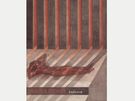
Walter Pichler. Skulptur Architektur. Text by Pichler, Walter. Salzburg: Jung und Jung, 2004.
Artworks
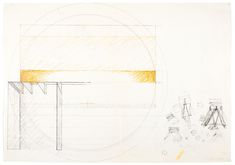
Apparat (Prototyp 7), 1967
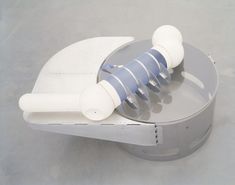
Apparat (Prototyp 7), 1967

Apparat (Prototyp 7), 1967
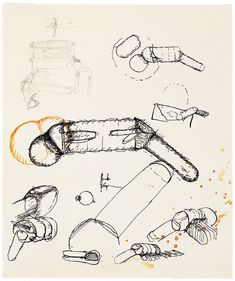
Apparat (Prototyp 7), 1967

Apparat (Prototyp 7), 1967
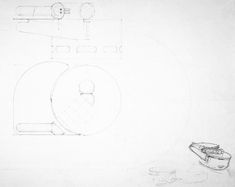
Apparat (Prototyp 7), 1967

Apparat (Prototyp 7), 1967
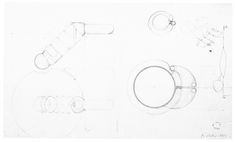
Apparat (Prototyp 7), 1967
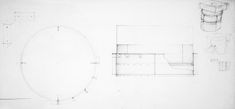
Apparat (Prototyp 7), 1967

Blick von der Kanzel in das Türmchen, 1988
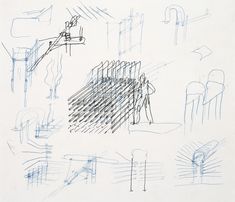
Durchgang, 1. Version, 1967
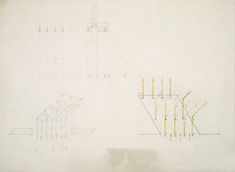
Durchgang, 1. Version, 1967

Eigenartige Räume, 1966

Großer Raum (Prototyp 3), 1966

Großer Raum (Prototyp 3), 1966
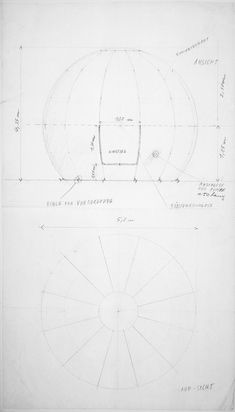
Großer Raum (Prototyp 3), 1966
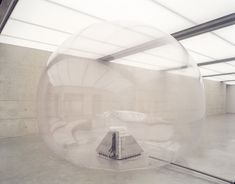
Großer Raum (Prototyp 3), 1966-67
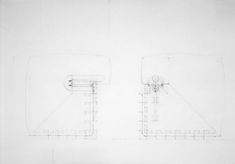
Großer Raum (Prototyp 3), 1966
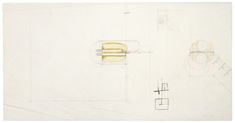
Großer Raum (Prototyp 3), 1966
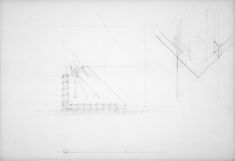
Großer Raum (Prototyp 3), 1966

Intensiv-Box, 1967
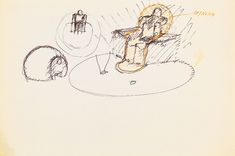
Intensiv-Box, 1967
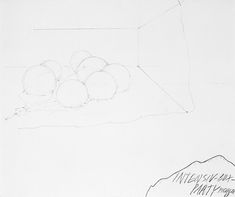
Intensiv-Box-Party, 1967
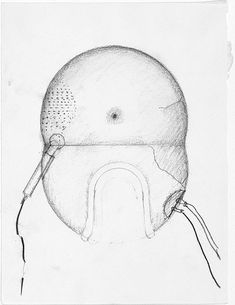
Kleiner Raum (Prototyp 4), 1967

Kleiner Raum (Prototyp 4), 1967
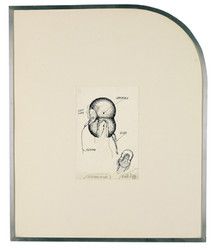
Kleiner Raum (Prototyp 4), 1967
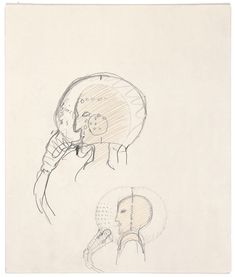
Kleiner Raum (Prototyp 4), 1967
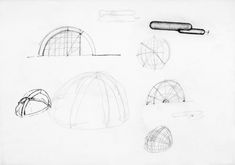
Kuppeln, Plastiken für die Badewanne, 1969

Modell des Türmchens, 1985-90
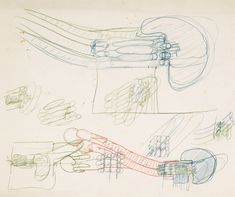
Passage, 1967
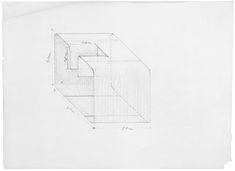
Passage (Pseudomaschine), 1967

Passage (Pseudomaschine), 1967
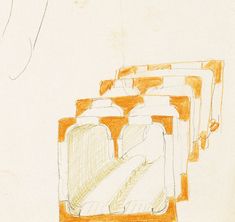
Passage (Pseudomaschine), 1967

Passage (Pseudomaschine), 1967
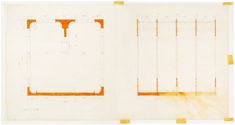
Passage (Pseudomaschine), 1967
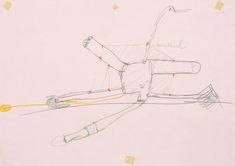
Passage (Pseudomaschine), 1967

Plastiken für die Badewanne, 1969

Plastik für die Badewanne, 1969
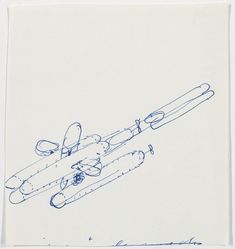
Plastik für die Badewanne, 1969

Pneumatischer Raum, 1966

Pneumatischer Raum (Prototyp 5), 1966

Pneumatischer Raum (Prototyp 5), 1966

Pneumatischer Raum (Prototyp 5), 1966
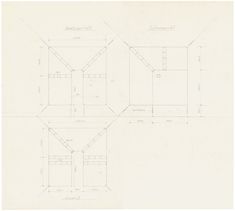
Pneumatischer Raum (Prototyp 5), 2007
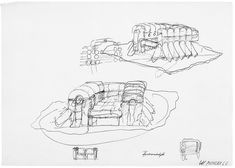
Pneumatischer Stuhl, 1966
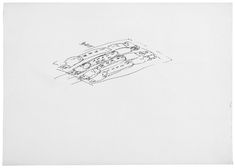
Pneumatisches Bett, 1966

Pumpen, 1966

Pumpen, 1966
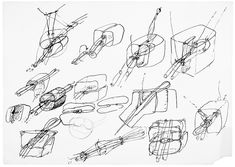
Pumpen, 1966
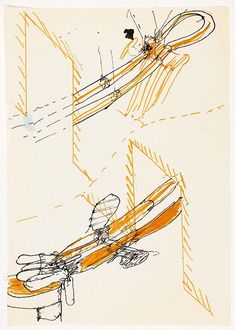
Pumpen, 1966

Schablone für Figuren, 1967
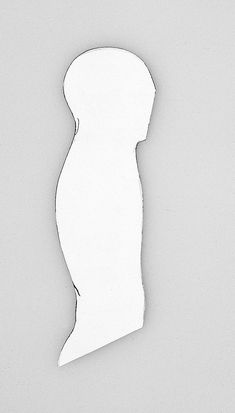
Schablone für Figuren, 1967
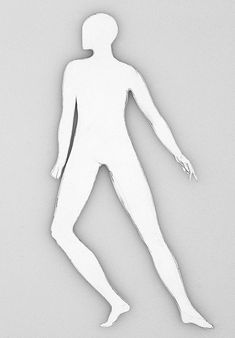
Schablone für Figuren, 1967

Sechs Säulen (Prototyp 6), 1966
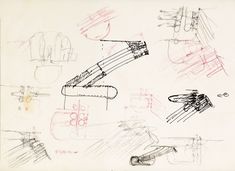
Sechs Säulen (Prototyp 6), 1966

Sechs Säulen (Prototyp 6), 1966
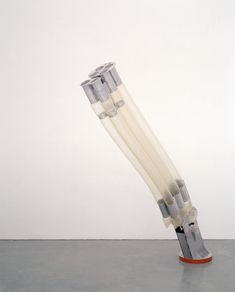
Sechs Säulen (Prototyp 6), 1966

Stab, 1969

Stab, 1969

Stab, 1969
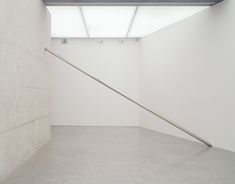
Stab, 1969

Standardanzug, 1968
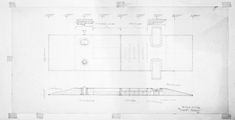
Teppich-Plastik, 1968

Tisch für Oswald und Ingrid, 1. Version (Prototyp 8), 1966
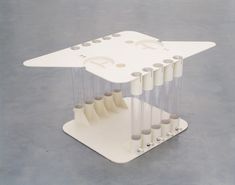
Tisch für Oswald und Ingrid (Prototyp 8), 1967

Tisch für Oswald und Ingrid (Prototyp 8), 1967

Turm, Betonfundament, 1993
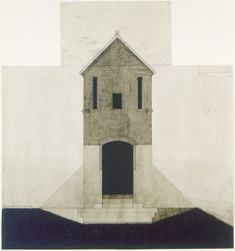
Türmchen, Vorderansicht, 1992
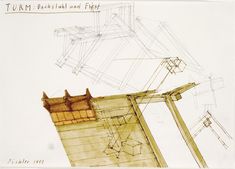
Turm, Dachstuhl und First, 1993

Turm, die Fundamente, 1993
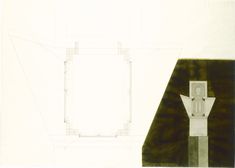
Turm, Grundrisse, 1993
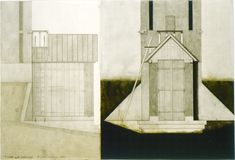
Turm mit Vorhaus, Vorder- und Seitenansicht, 1992

Turm, Tore im Vorhaus, 1994

Turm, Tür innen, 1994
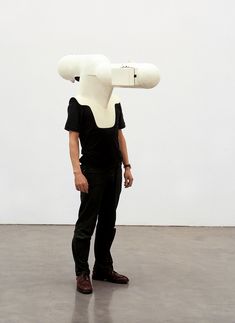
TV-Helm (Tragbares Wohnzimmer), 1967